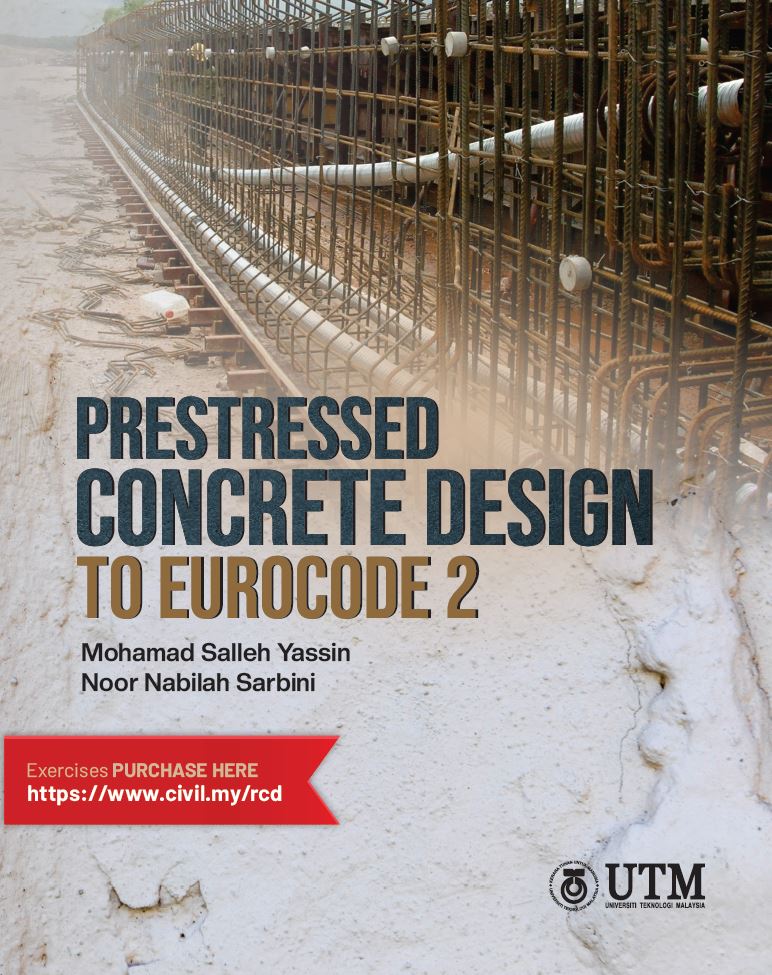Description
This book is written primarily for students undergoing civil engineering undergraduate and postgraduate programmes to assist them in understanding the principles and methods of design of prestressed concrete structures. It outlines the basic design theory and illustrates some practical applications through many useful worked examples and problems.
This book has eight chapters that cover the fundamental topics in prestressed concrete design, normally as an elective course taught in B. Eng. (Civil) and M. Eng. (Civil) programme curriculum in many universities in Malaysia.
The first five chapters present the philosophy of prestressed concrete design, the materials’ properties and strengths adopted as well as their stress-strain relationships. Various stages of loadings to be considered are also discussed. Partial safety factors for both the materials’ strengths and loadings are also given. The sections also derive the inequalities used in the analysis and design of the prestressed elements for axial, flexural and shear, as well as illustrate the requirements of the code of practice to satisfy the serviceability limit states of deflection and cracking. The losses of prestressing force due to various factors and design of anchorage zone are also emphasized.
The succeeding three chapters outline the design procedures and practical design examples of pre-tensioned and post-tensioned beams, slabs, and piles. The reinforcement and tendons detailing for each of these structural elements are also shown. The design examples presented are based on the chosen sizes of the structural members and the characteristic strengths of the materials used as well as the variables actions adopted, where other suitable choices would yield different results.





